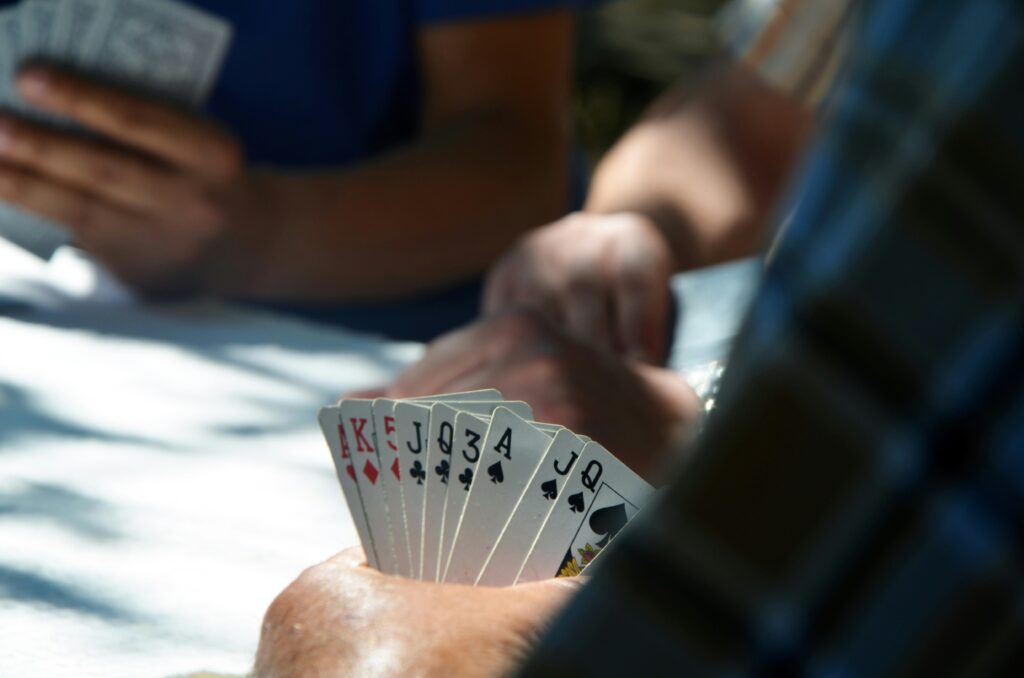Every founder thinks they understand risk. You quit your job. You launched the product. You raised money (or didn’t). You made bets, took swings, ran headfirst into the storm. “I can handle risk,” you say.
But here’s the twist: the biggest risks aren’t on your cap table. They’re on your calendar. Your relationships. Your health. Your future self quietly asking if any of this was worth it.
Because financial risk is easy to model. Personal risk? That’s harder. It hides in the quiet moments between launches, when the adrenaline fades and the tradeoffs you made finally send an invoice.
“In any moment of decision, the best thing you can do is the right thing, the next best thing is the wrong thing, and the worst thing is nothing.”
– Theodore Roosevelt
(But Teddy also wasn’t bootstrapping a logistics SaaS with two kids and a maxed-out Amex.)
The Founder’s Risk Stack
There’s no clean formula for this stuff. But if there were, it’d look something like this:
- Financial Risk – Can I afford this runway?
- Reputational Risk – What happens if I fail publicly?
- Emotional Risk – Can I survive another rejection?
- Relational Risk – Will my partner stick around through this?
- Identity Risk – Who am I if this doesn’t work?
Table: What You Think You’re Risking vs. What You Actually Are
| Assumed Risk | Hidden Cost |
| Running out of money | Losing touch with family or self |
| Delaying a vacation | Chronic fatigue masked as “grind” |
| Taking a strategic bet | Being unavailable for your kid’s milestone |
| Taking on more work | Eroding mental clarity and decision-making |
| Skipping therapy or rest | Defaulting on long-term resilience |
Tip: Rebalancing the Equation
- Name all the risks. Literally list them out-financial, emotional, physical, relational. It’s less scary once it’s visible.
- Put them in context. What risk feels big but is actually reversible? What feels small but could compound into regret?
- Reframe risk as a portfolio. You can’t go all-in on work every quarter. Diversify where you invest your energy.
- Talk to your future self. What would they thank you for-or resent you for?
FAQ
Q: Isn’t personal sacrifice part of the founder package?
A: Yes, but sacrifice is not the same as self-sabotage. Burnout doesn’t scale. Neither does regret.
Q: How do I know when the risk is no longer worth it?
A: When the reward feels abstract and the cost feels immediate. When you start needing a story to justify staying.

A Joke (Except It’s Not)
You say you’re taking a risk by launching a second product.
Your spouse says you’re taking a risk by skipping another weekend away.
Guess which one pays compound interest?
An Open Question
If your company succeeds but you’re emotionally bankrupt by the time it does-did you really win?
Would your future self call this a risk worth taking, or a bet that should’ve been hedged?
The best founders don’t avoid risk. They model it-holistically. They don’t just calculate burn and CAC. They calculate cost of self. And they invest accordingly.
Because the riskiest move isn’t failure. It’s building something that takes everything from you-and gives nothing back that matters.